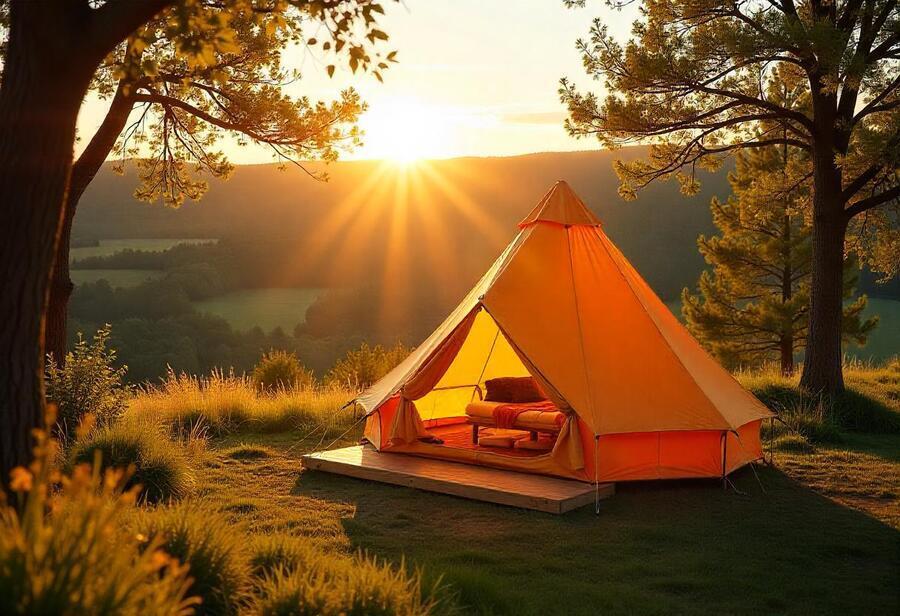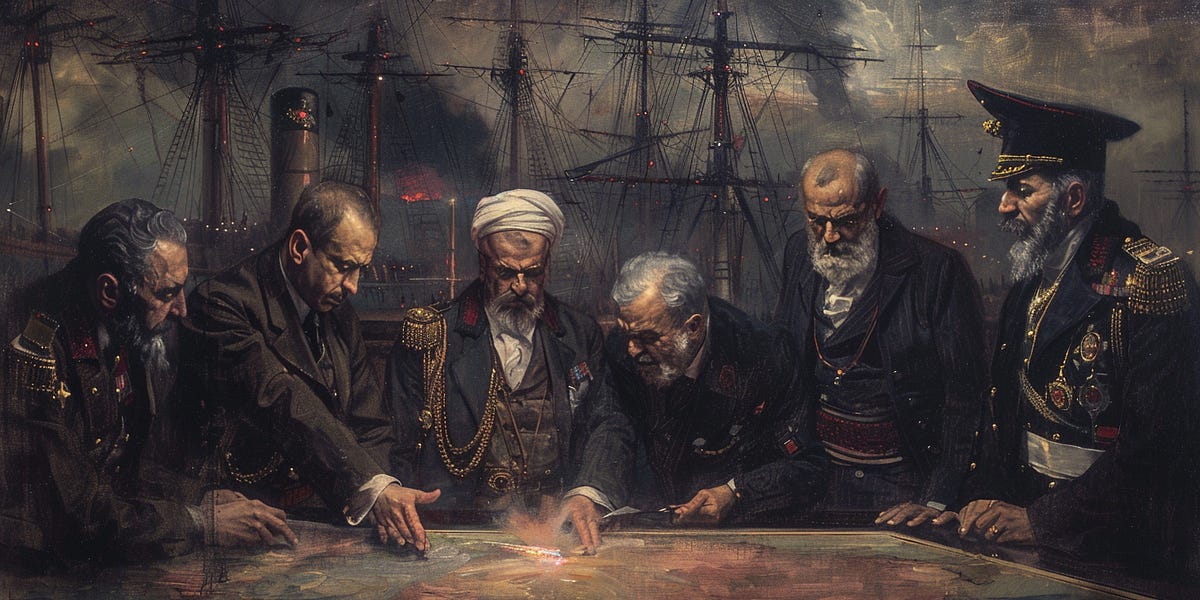Why the Balkans should be your next summer destination
This article was produced by National Geographic Traveller (UK).
A complicated region with an extraordinarily rich cultural heritage, Europe’s beautiful Balkan lands have been passed through and fought over by civilisations including the Romans, Greeks and Ottomans for more than a millennium. As a result, the term ‘Balkans’ is one of the slipperiest geographical descriptions in Europe. Broadly speaking it applies to the peninsula that stretches throughout southeastern Europe and ends in Greece. But where it begins — like many things in the Balkans — is a question of politics and perspective. Mainstream travel has been slow to take root in many of the region’s countries, but things are gradually starting to change.
As beach-holiday destinations go, this coastline is hard to top, offering a winning combination of crystalline coves, ancient settlements and delicious Mediterranean cuisine, all set before a backdrop of craggy mountains. The clear waters of the Adriatic and Ionian seas have been drawing admirers to these shores since ancient times, as demonstrated by the remains of sumptuous Roman residences positioned on some of the most beautiful bays. The most famous of these is Emperor Diocletian’s retirement palace, which now forms the heart of Split, Croatia’s second-largest city.
Some of the Balkan peninsula countries are already firmly on the tourism radar, notably Slovenia, Croatia, Greece and, increasingly, the coastal parts of Montenegro and Albania. The famous walled towns of the coast — such as Dubrovnik in Croatia and Kotor in Montenegro — continue to charm, despite now being crammed with tourists in July and August.
But the Balkans offer far more than just sunny beaches and crowded coastal cities. Head inland and you’ll find a corner of Europe where it’s still possible to access real wilderness, with bears, wolves and lynx roaming remote ranges and forgotten forests.
To beat the crowds and chase adventure, plan a trip to the smaller, less-explored countries of the Western Balkans. Combined, the five we’ve highlighted below are roughly the same size as England. With two weeks to spare you could easily get a taste for each. Alternatively, pick just one or two for longer stays.

From delicious Mediterranean cuisine to historic towns set to a backdrop of craggy mountains, Balkans offer far more than just sunny beaches.
Photograph by David C Tomlinson; Getty Images
Best for: urban exploration
With idyllic settings in river valleys ringed by mountains, Bosnia and Herzegovina’s capital Sarajevo and historic centre of Mostar are two of the most beautiful and fascinating cities in the Balkans. Both suffered dreadfully during the 1990s wars and are still divided along ethnic lines, but the historic mosques, churches, synagogues and markets have now been restored and the streets once again hum with life.
Sarajevo’s old Ottoman core, Baščaršija, is back to being one of the region’s most memorable and enchanting city neighbourhoods, where narrow lanes wind past old bazaars and pigeon-filled squares, and the scent of grilled meat, strong Bosnian coffee and shisha smoke swirls in the air.
Mostar’s famous 16th-century bridge — destroyed in 1993 — has been rebuilt and once more arcs elegantly over the green waters of the Neretva River. It forms the centrepiece of a heritage quarter of stone houses punctuated by the pencil-thin minarets of Ottoman mosques.

The historic centre of Mostar in Bosnia and Herzegovina is one of the Balkans most fascinating cities.
Photograph by Lassi Kurkijarvi; Getty Images
(How to spend a perfect weekend in Bosnia & Herzegovina.)
Best for: adventure
Montenegro may be small, but Kosovo is smaller still. Since declaring independence from Serbia in 2008, this little landlocked nation has started to gain a reputation as an active-holiday destination for intrepid travellers. The pretty town of Peja — with its Byzantine and Ottoman architecture — is at the centre of the action. There’s excellent hiking, caving and zip-lining in the surrounding area, as well as a vertigo-inducing via ferrata course in Rugova Canyon — but it’s all still very off the beaten track for most travellers.
Peja lies at the base of the formidable range known as the Accursed Mountains (Bjeshkët e Nemuna in Albanian, Prokletije in Serbian), which forms the border with Montenegro and Albania. This remote area is one of Europe’s true wildernesses. It’s now possible to take a multiday hike through the rugged terrain, traversing all three countries, on the 119-mile Peaks of the Balkans track. Trekkers stay in a mixture of family homes and mountain huts. This off-the-grid adventure can also be broken into bite-sized chunks, but shouldn’t be undertaken lightly. It’s best to enlist the services of a local operator such as Undiscovered Balkans or Balkan Natural Adventure to help with guiding and logistics, including arranging the correct permits for the border crossings.
(Europe's newest adventure scene is blossoming in southern Kosovo.)
Best for: diverse landscapes
Montenegro is tiny — smaller than Northern Ireland — but it crams a lot in. The ‘black mountain’ that it’s named after rises precipitously from the fjord-like Bay of Kotor, creating a spectacular backdrop to the medieval walls of Kotor town. South east of here, Montenegro’s Adriatic coastline stretches barely 62 miles as the crow flies but still manages to pack in three more picture-perfect walled towns: Budva, Sveti Stefan and Ulcinj.
Inland it’s mainly mountains, punctuated by deep river canyons and glistening lakes. These range from the tiny glacial depressions known as gorske oči (mountain eyes) that are a feature of rugged Durmitor National Park, to the largest lake in the Balkans, Lake Skadar, which is an important habitat for wetland birds including giant Dalmatian pelicans.
The everchanging scenery makes driving in Montenegro a constant thrill, especially once you escape the crowded coast. The terrain lends itself to myriad summertime activities: canyoning at Nevidio Canyon on the Komarnica River, whitewater rafting on the Tara River and birdwatching cruises on Lake Skadar, to name just a few. For hiking, base yourself in the mountain towns of Cetinje, Kolašin or Žabljak, which are the gateways to three lofty national parks: Lovćen, Biogradska Gora and Durmitor. A fourth range, Prokletije, on the border with Albania and Kosovo, is home to Montenegro’s highest peak (8,316ft).
(The ultimate Adriatic coastal adventure in Montenegro's Bay of Kotor.)

The deep river canyons of Durmitor National Park in Montenegro are well-suited for all manner of adventures.
Photograph by FotoGablitz; Getty Images
Best for: beaches
Albania’s long and lovely coastline stretches along two separate seas: the Adriatic and the Ionian. The Ionian, in particular, has some magnificent beaches, where the turquoise waters of southwestern Albania approach Caribbean levels of intensity. If you were hoping to chance upon uncrowded and undeveloped bays in Albania, that ship has sailed. The Ionian coast is now being touted as the ‘Albanian Riviera’ and construction can be seen everywhere, especially in popular places like Ksamil.
That said, busy spots such as Mirror Beach (Plazhi Pasqyra) are popular for a reason — the juxtaposition of aquamarine waters and dramatic white cliffs is breathtaking. Tucked below canyon walls, Gjipe is similarly spectacular — and the fact that it can only be reached by boat or on foot helps to keep visitor numbers down. Other low-key stretches on the riviera include 4.3-mile-long Borsh and sleepy Qeparo.
As appealing as the beaches are, it would be a shame to visit Albania and ignore the interior. The ‘museum cities’ of Berat and Gjirokastër are fascinating due to their high concentration of Ottoman houses, their elegant wooden upper storeys jutting out over the narrow streets. Tirana is one of the Balkans’ buzziest capitals, a lively hybrid of Ottoman remnants, Communist-era blocks painted in outlandish colours and new construction. If you want to get further off the beaten track, Undiscovered Balkans offers multi-activity Albanian holidays which include hiking, rafting, mule treks and village feasts.
(Take a journey through Albania's wild, blue heart.)
Best for: food
Despite remarkable mountains, lakes and historic sites, North Macedonia is blissfully unassuming and largely untroubled by overtourism. The town of Ohrid is one of the country’s biggest drawcards for its frescoed Orthodox churches, boat trips and lake-fronting boardwalks. But the country’s rural areas are a real treat — particularly Mavrovo and Pelister national parks, which lend themselves to leisurely drives stopping at village taverns and roadside produce stalls.
Five hundred years of Ottoman rule have had a noticeable impact on the food, which is more varied than most other Western Balkan cuisines and less averse to spice. Ajvar is a case in point. This delicious red pepper and aubergine spread can pack some real heat and is found on the menu at many local restaurants. Grilled meats also feature prominently, as they do throughout the Balkans, but the national dish is vegan: a white bean stew known as tavče gravče. Local markets are packed with mountain herbs, local honeys and tangy hard cheeses, which also make an appearance on rural guesthouse breakfast tables.
Be sure to try the local tipples, too. These include mastika (a liqueur flavoured with tree resin) and wines from the Tikveš Plain made from lesser-known regional grape varietals such as Smederevka, Vranec and Temjanika. The region is around 90 minutes south east of the capital Skopje; travellers can while away a day or two here, staying at the Popova Kula winery hotel.
(A taste of North Macedonia, from flaky burek to rakija and farmhouse cheeses.)
To subscribe to National Geographic Traveller (UK) magazine click here. (Available in select countries only).












